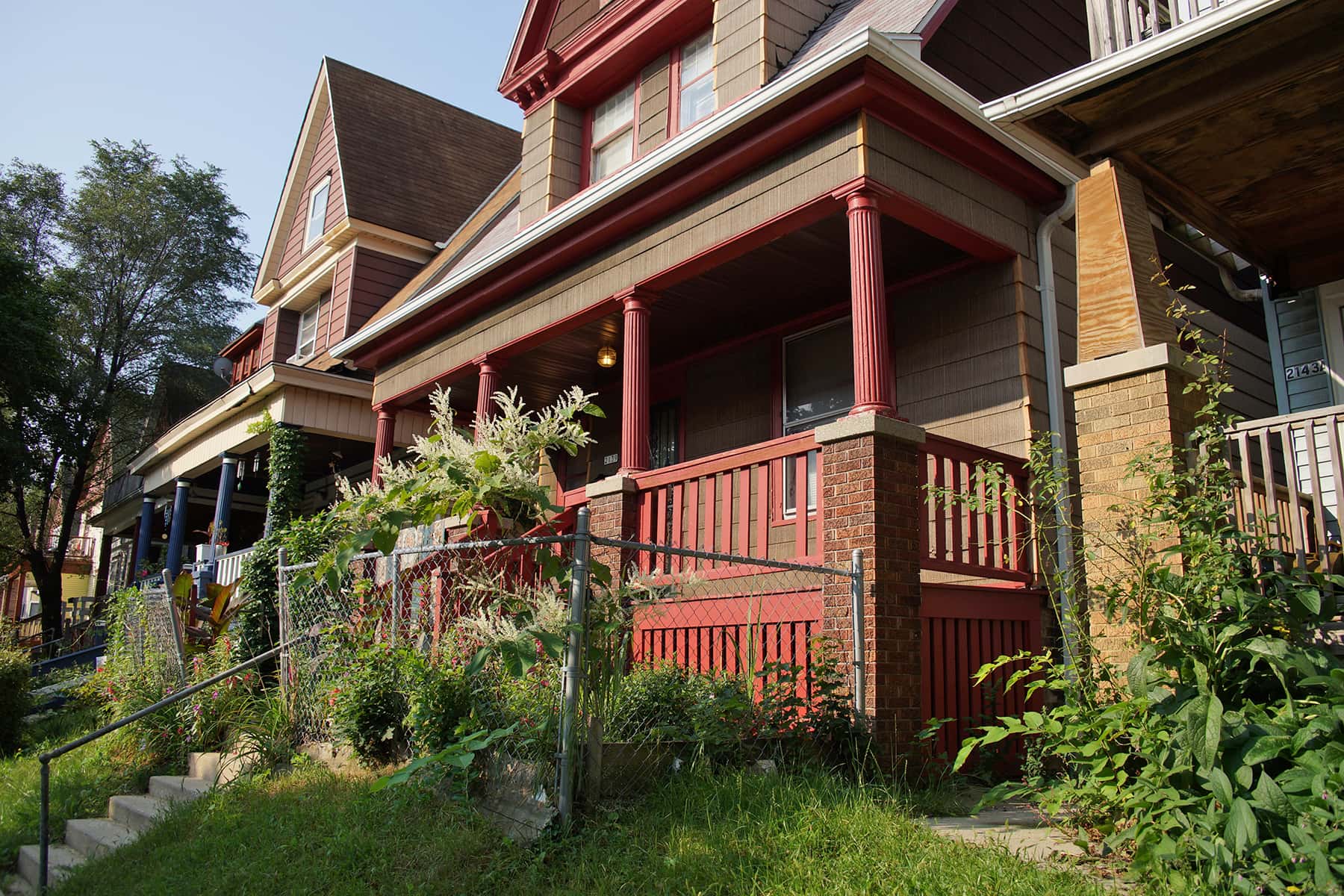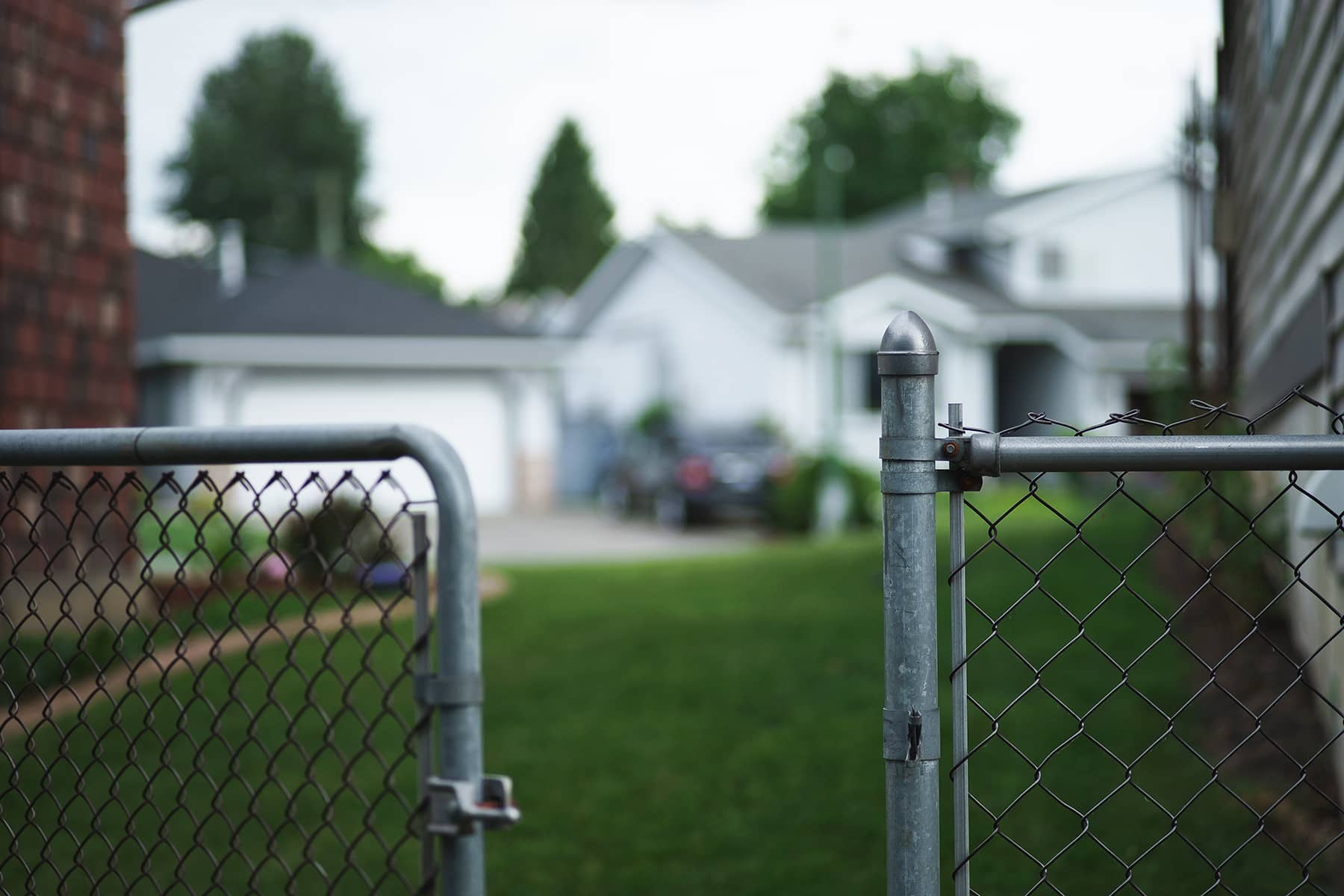
The federal government should take concrete steps to help bolster housing in Black and other nonwhite communities in order to rectify racist practices that for decades cleaved them from white communities that benefited exclusively from support and investment, a professor who has studied the history of segregation in Milwaukee told a Congressional committee on April 13.
“We need nothing more than a national reckoning about racial exclusion and housing,” said Anne Bonds, a geography and urban studies professor at the University of Wisconsin-Milwaukee. “Emphasizing the access to housing is central for thriving communities and for our collective well-being.”
A second scholar also recommended measures to reduce the risk of evictions for renters, programs to keep more rental properties locally owned instead of letting them fall into the hands of large investment companies, and stronger support for prospective homeowners.
The recommendations came on the second day of hearings in Wisconsin by members of a Congressional committee charged with examining wealth and income disparities in the U.S. and proposing policies to address them. House Speaker Nancy Pelosi announced the establishment of the Select Committee on Economic Disparity and Fairness in Growth in December 2020. Since then the panel has held a series of hearings around the country.
Congressman Jim Himes (D-Conn.), the committee chair, said at the April 12 hearing in Kenosha that he wants the committee to develop proposals that Republicans as well as Democrats might vote for. “We are determined to find those solutions that might draw bipartisan support,” Himes said. “Like it or not in the United States Congress, if something is to become law, it almost certainly needs to attract support from both sides of the aisle.”
Moore, Steil participate
Along with Himes, two Wisconsin members of the committee, Congressman Bryan Steil (R-Janesville) and Congresswoman Gwen Moore (D-Milwaukee), took part in the hearings. They helped organize their content, Himes said.
The April 12 hearing was held at the University of Wisconsin-Parkside in Kenosha County, which is in Steil’s district. It focused on education and workforce development. Witnesses testified on apprenticeship programs; on the role of technical colleges in providing skills training and offering a pathway to a four-year college degree; and on the university’s changing role in the current economy.
The April 13 hearing, held at the Milwaukee Public Library, followed a tour that the committee and staffers took that morning of neighborhoods on the city’s North Side, the heart of Moore’s Milwaukee district.
In addition to two researchers who have looked at the region’s housing data over time, other witnesses represented nonprofit programs: one to help first-time home buyers and another to foster housing and community development.
A fifth witness represented a group of private Lutheran schools located in the city that benefit from the state’s private school voucher program in Milwaukee. Shaun Luehring, CEO of Lumin Schools, touted school choice as another means of helping to “reduce barriers like health and housing” for city residents.
Of the three Congress members present, Steil, who is the committee’s ranking Republican, was the only one to ask questions of the schools chief. At Steil’s prompting, Luehring said the Lumin students primarily come from Milwaukee’s “urban core.” Both of them indirectly equated school choice with the ability of a family to choose where to have a home.
Most of the hearing focused on causes and possible solutions to housing inequality in Milwaukee, “to improve financial security and expand wealth building,” Himes said as he opened the session.
Moore cited Milwaukee historian John Gurda, who has described how the Great Migration brought Black people from the South, many of whom were able to get good-paying union jobs in manufacturing that propelled them into the middle class.
“The middle class that was formed with these great manufacturing jobs was unable to transform that into generational wealth, because the loss of these jobs occurred within that same generation,” Moore said. That massive downward shift combined with what she called “endemic segregation” in the city dating back to the 19th century, the effects of which have persisted.
Racial zoning and restrictive covenants
Bonds, the UWM professor, testified that initially racial zoning laws restricted where Black people could live. After the practice was found unconstitutional in 1917, the real estate industry and lenders, including the federal government, forged private restrictive covenants that kept Black people out of specific neighborhoods and out of Milwaukee-area suburbs through the mid-20th century.
Even though they were outlawed 50 years ago, Bonds said, those covenants have left a mark that remains, not just in housing patterns but in the gap in generational wealth between white and Black Wisconsin residents.
“We convene today in a city consistently ranked as the most racially segregated in the country, and a metropolitan area with the lowest rate of Black suburbanization in the nation,” Bonds said. Today, she added, 27% of Black households own their own homes, compared with 56% of white households and 38% of Hispanic households.
Beyond segregation, there were also disparities in the resources provided to wealthier communities where white people lived, Bonds told Himes in response to a question that he asked. “These kinds of [segregating] policies and practices channeled investment to areas outside of the city, so to suburban areas in particular,” she said.
Because of the long reach that racial discrimination has had, Bonds said, Congress needs to “specifically target and invest resources in non-white communities that were denied equal access to housing lending, and the kinds of subsidies and federal supports that built the white middle class.”
She also urged the passage of federal policies offering more protections to renters and support for people for whom housing is insecure, “while also expanding fair lending and housing practices to broaden access to home ownership.”
Moore asked Bonds how she would respond to claims that such targeted practices would amount to “reverse discrimination.”
“Once again, as we’ve heard throughout the testimony, today, homeownership is the central way that average Americans build wealth,” Bonds replied, “and people of color have been systematically denied the opportunities that were afforded to the white working and middle class. And so this is simply a way to give people the opportunity that they were denied in past generations.”
John D. Johnson, a Marquette Law School Lubar Center research fellow who has been examining Wisconsin politics, demographics and housing, described how a wave of foreclosures in the 2008-2009 Great Recession “decimated homeownership across Milwaukee.”
Foreclosures and falling prices drew investors who purchased low-priced single family homes and duplexes, he testified. “At first these investors were mostly wealthy individuals,” Johnson said, “but recently they’ve been joined by large, private-equity-backed investors.”
These out-of-town or out-of-state owners are more likely to file eviction cases than local landlords, “and they also hinder would-be homeowners by buying and selling properties in bulk,” Johnson said. “The influx of new landlords threatens Milwaukee’s long tradition of working-class home ownership.”
Johnson recommended improving protection for tenants, such as establishing that renters facing eviction have the right to a lawyer. He also suggested bolstering programs already in place to assist home buyers so that homes on the market can be purchased more quickly locally rather than falling into corporate ownership.
Erik Gunn
Lee Matz
Originally published on the Wisconsin Examiner as Researcher urges Congress to redress decades of housing discrimination
Donate: Wisconsin Examiner
Help spread Wisconsin news, relentless reporting, unheard voices, and untold stories. Make a difference with a tax-deductible contribution to the Wisconsin Examiner















